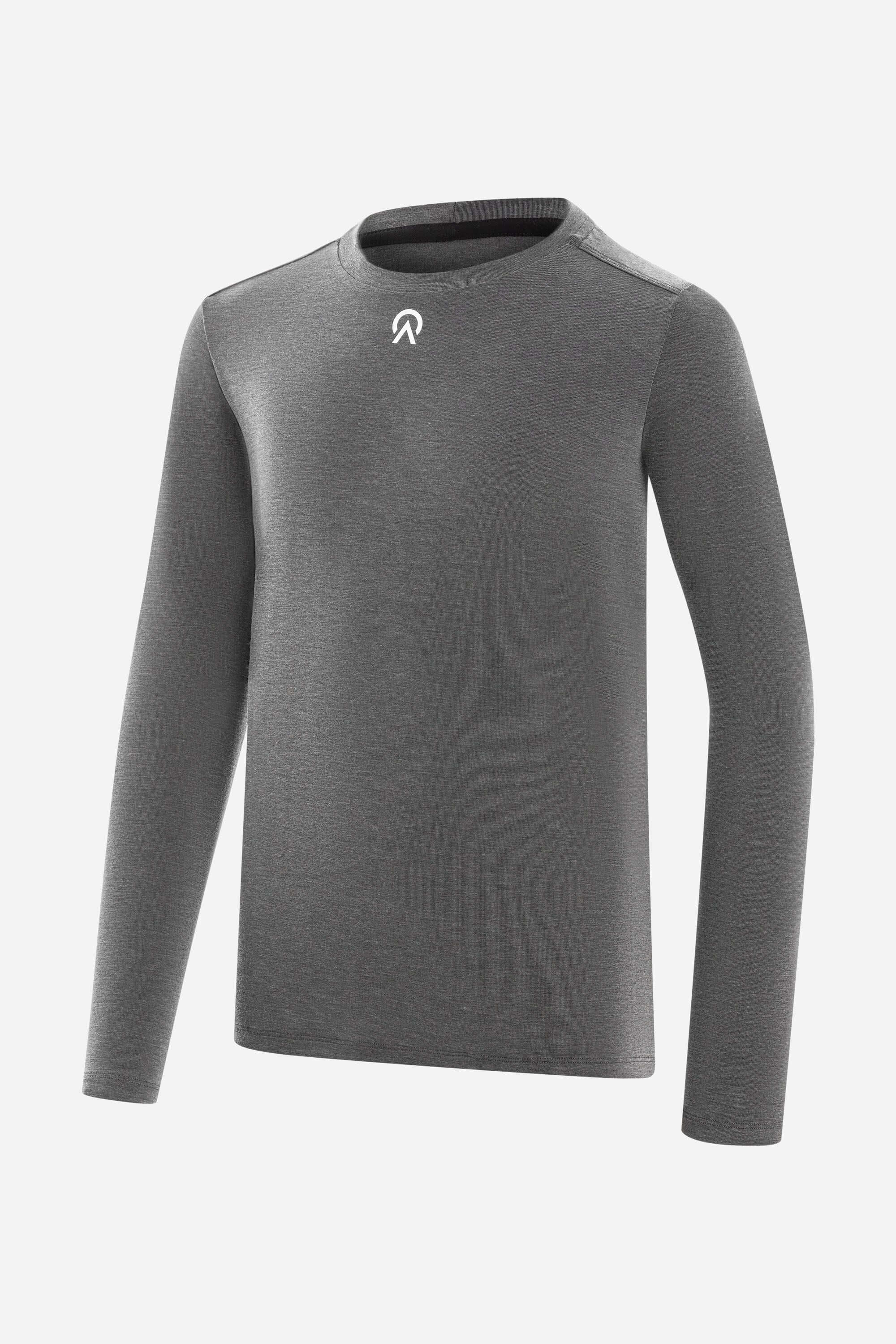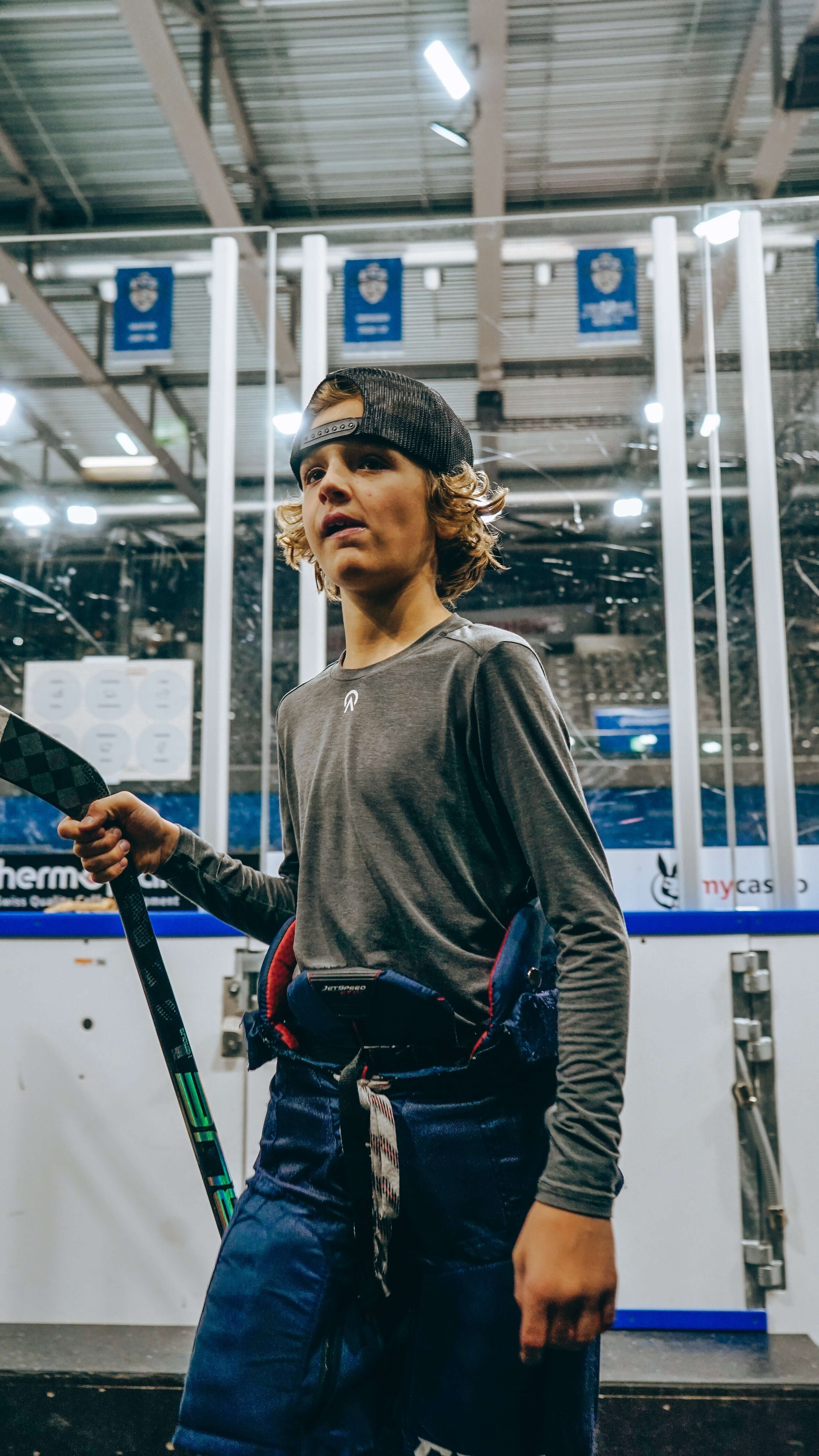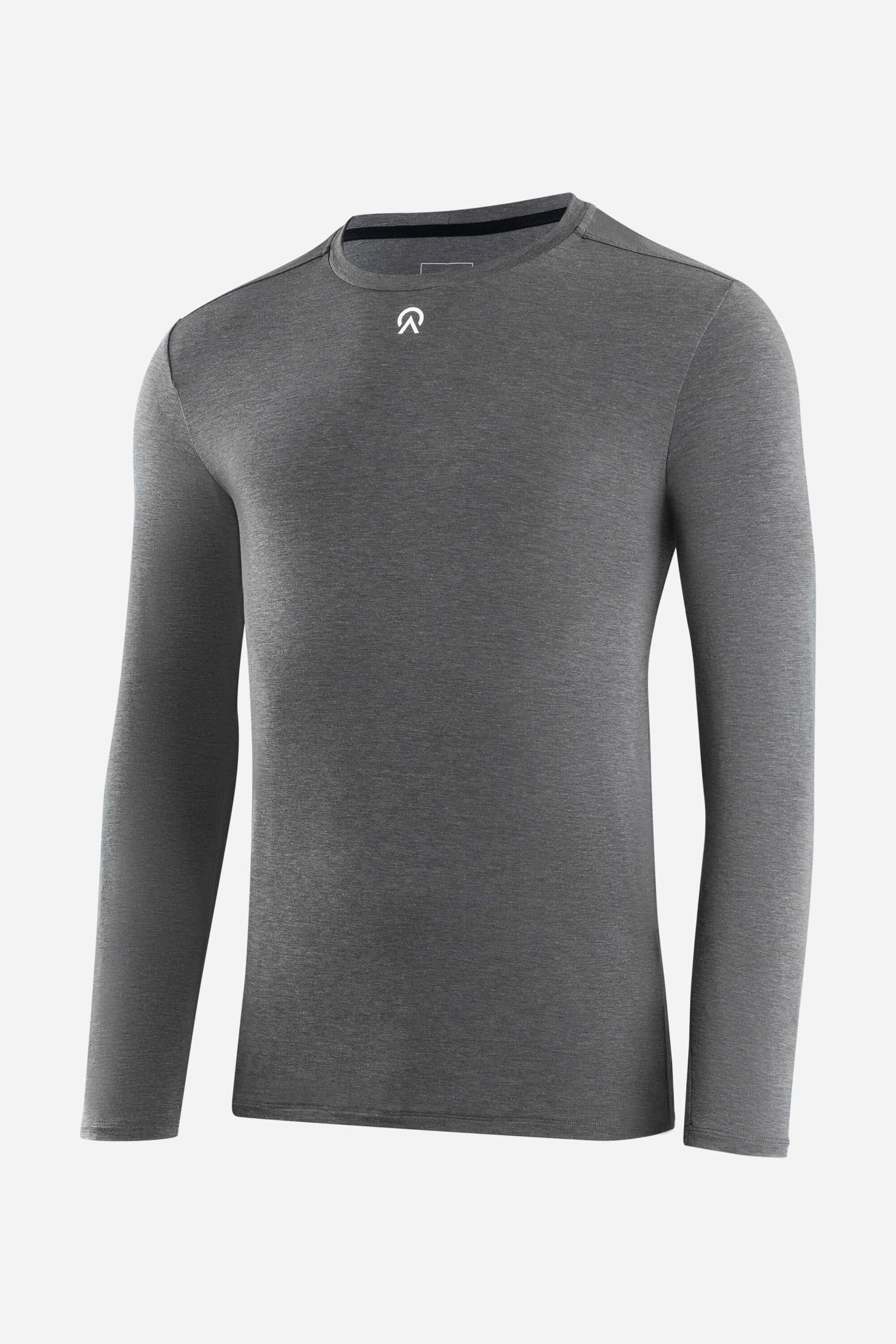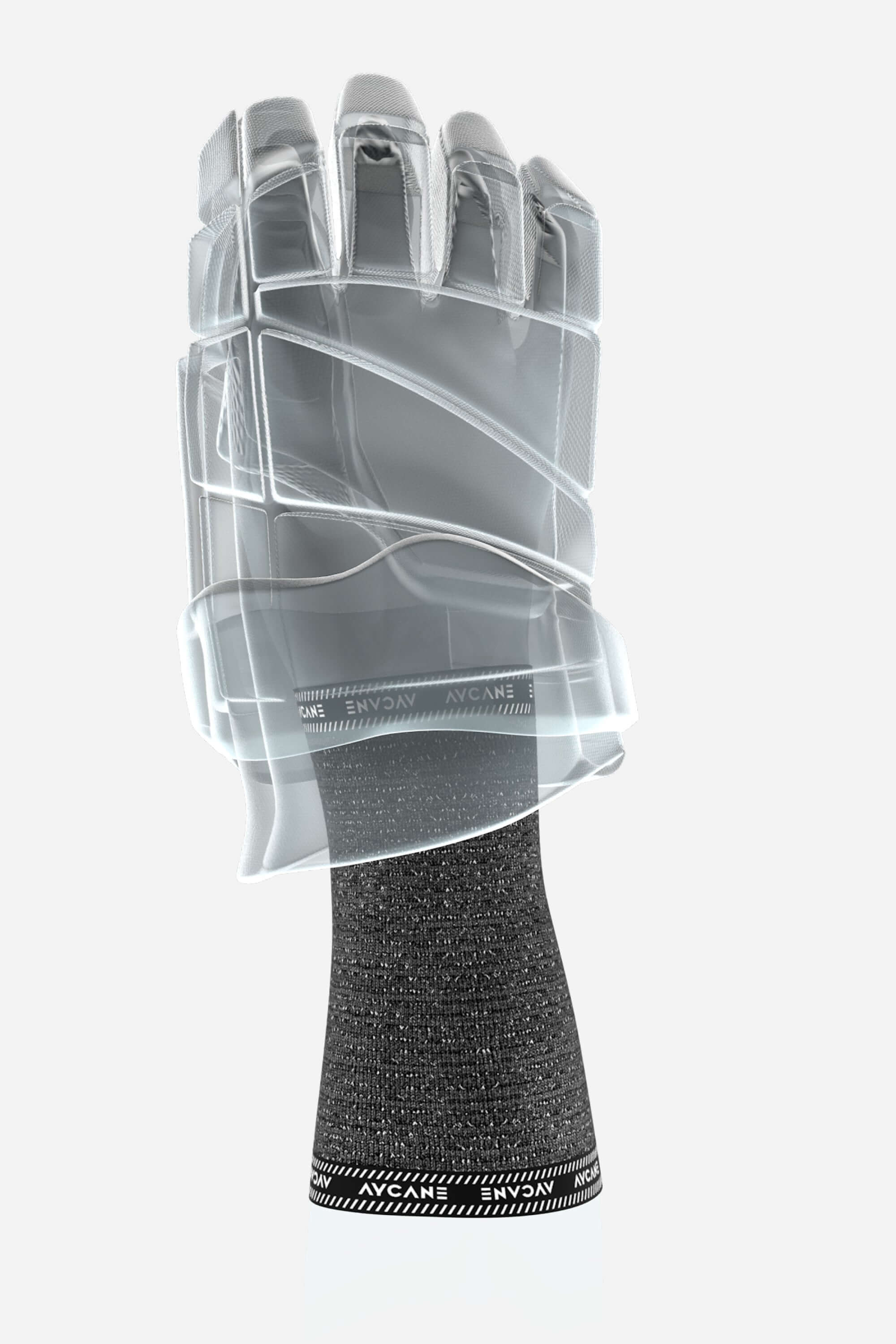Mastering the Breakout: Strategies for Efficiently Transitioning from Defense to Offense
Introduction: The breakout is a critical aspect of ice hockey, serving as the transition point between defense and offense. Mastering the breakout not only facilitates smooth transitions but also sets the stage for offensive opportunities and control of the game.
In this blog post, we'll delve into strategies for efficiently executing the breakout, from controlled zone exits to dynamic puck movement, enabling teams to seamlessly transition from defense to offense and create scoring chances on the ice.
1. Controlled Zone Exits:
A successful breakout begins with controlled zone exits, where defensemen and forwards work together to move the puck out of their defensive zone with precision and poise. Defensemen should scan the ice for open passing lanes, communicate with teammates to find outlets, and make smart decisions under pressure to maintain possession and advance the puck up the ice.
2. Support from Defensemen:
Defensemen play a crucial role in the breakout, providing support to their teammates and initiating offensive opportunities from the back end. By joining the rush, activating in the offensive zone, and making themselves available as passing options, defensemen can create numerical advantages and stretch the opposing defense, opening up space for their forwards to attack.
3. Quick Transition Game:
Speed and agility are key components of an effective breakout, allowing teams to catch opponents off guard and capitalize on scoring chances in transition. By quickly moving the puck up the ice with crisp passes, swift skating, and well-timed rushes, teams can exploit gaps in the opposing defense and generate odd-man rushes that lead to high-quality scoring opportunities.
4. Utilizing Stretch Passes:
Stretch passes are a potent weapon in the breakout arsenal, allowing teams to bypass the neutral zone and catch opponents on the counterattack. By accurately delivering long-range passes to forwards streaking up the ice, defensemen can catch opponents flat-footed and create breakaway opportunities that put pressure on the opposing goaltender.
5. Communication and Timing:
Effective communication and timing are essential for executing successful breakouts, as players must work together seamlessly to move the puck up the ice and maintain offensive pressure. By communicating their intentions, calling for passes, and anticipating plays before they happen, players can execute breakouts with precision and efficiency, catching opponents off guard and capitalizing on scoring chances.
6. Regrouping and Possession:
In situations where a clean breakout is not possible, teams can opt to regroup and maintain possession in the defensive zone, rather than forcing risky passes or turnovers. By cycling the puck, regrouping behind the net, and patiently waiting for passing lanes to open up, teams can maintain control of the puck and frustrate opponents, ultimately leading to better scoring opportunities in the offensive zone.
























